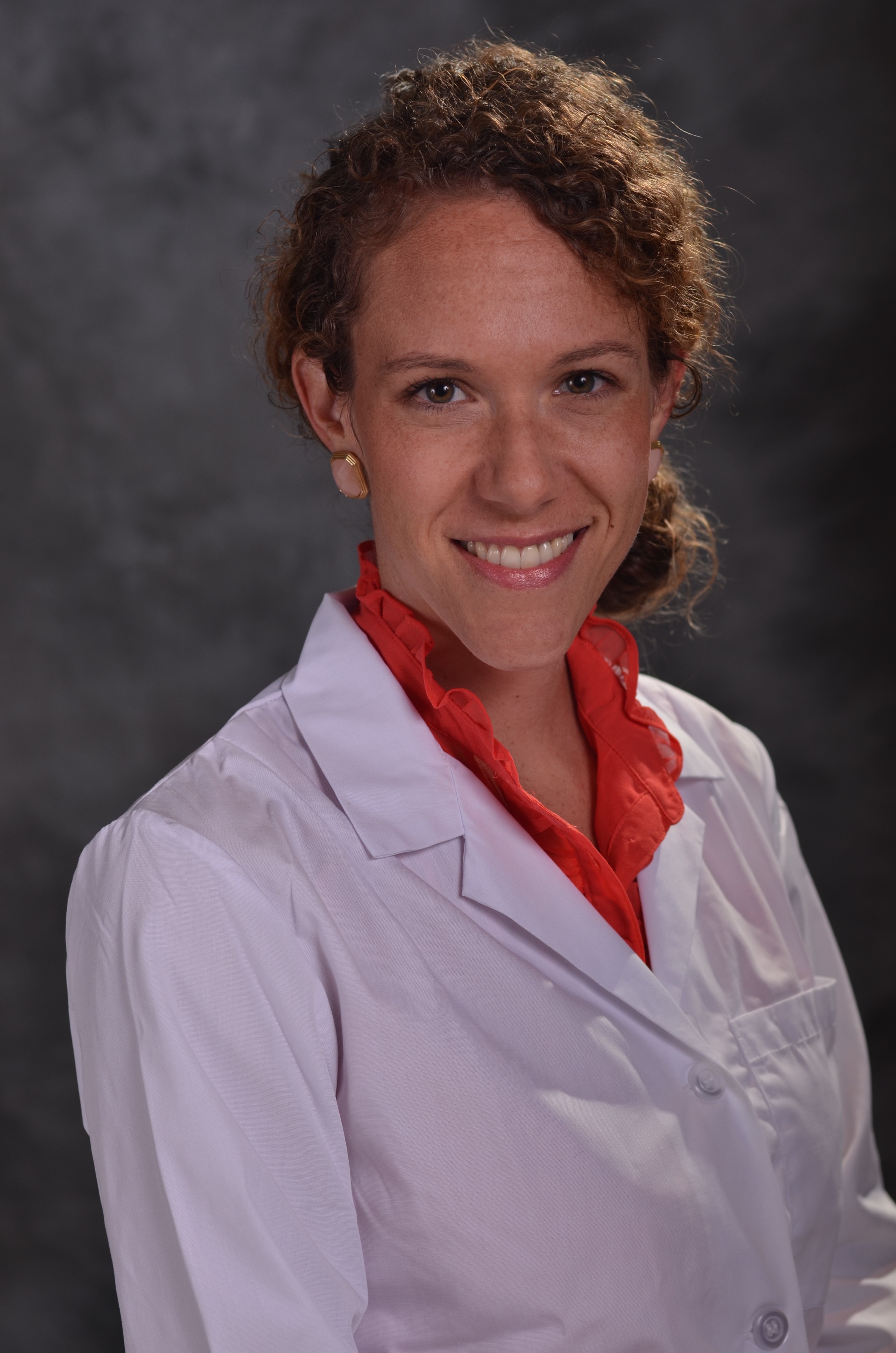Group Project: Pediatric-School Partnerships Improve Outcomes

Heidi Schumacher, MD, FAAP
March 14, 2024

Alice Sato, MD, PhD, FAAP
March 14, 2024

Beverly L Nazarian, MD, FAAP
March 14, 2024
People often find a silver lining during crises. For pediatricians, the COVID-19 pandemic represented an unprecedented point of stress to the individual clinician and the health care sector overall. Amidst uncertainty and unknowns, supply chain delays, and staffing shortages, the immediacy of the pandemic also sparked innovation. Creative solutions emerged, allowing us to collaborate in new ways, ensure families had access to critical services, engage with and educate patients and families, and leverage technology to improve care and access.
Among those innovations was a strengthening of relationships between school personnel and pediatricians across the country. For many pediatricians and other community-based health professionals, COVID-19 offered new opportunities to partner with school teams working in the same communities. Pediatricians actively advised education leaders and co-developed science-based school health policies. School nurses and child health providers created novel referral loops and communication flows to ensure availability of information regarding COVID-19 testing, vaccines and more.
The development of relationships and shared priorities between pediatric providers and school leaders has applicability far beyond the pandemic. We believe the fostering of these connections across sectors opens the door to significant improvements in outcomes for children and families.
Asthma is one chronic condition where an integrated community approach for management is needed. Consider Antonio, a 10-year-old boy with persistent asthma. As a fifth grader in Omaha, Neb., he had already missed 20 days of the school year. His family didn’t think much of his missing 2-3 days of school when he was sick. He often forgot to take his daily inhaled corticosteroid, and his parents noted that “it never helped him when he was wheezing.” He often went to urgent care centers when his asthma flared, and his pediatrician was unaware of his poorly controlled asthma.
“If we view the student as the focal point, we can see that each individual has many ties to the greater community, and the strengthening of individual relationships can lead to a stronger society around them.”
Because of Antonio’s many absences, his school nurse requested the family’s consent to reach out to Antonio’s pediatrician, who had not previously heard about his frequent asthma related absences. By partnering with Antonio’s pediatrician, the school nurse was able to reinforce his asthma action plan and educate his family on symptom recognition and spacer use. His pediatrician signed a medication order allowing his school nurse to administer his inhaled corticosteroid in school, and Antonio’s adherence – and asthma control – improved dramatically. As a result, Antonio rarely missed school.
Beyond individual interventions for students like Antonio, the pandemic response elevated opportunities for pediatricians and school leaders to collectively support the health and well-being of entire school communities, regardless of circulating levels of SARS-CoV-2. Pediatricians continue to work with school health personnel to encourage vaccination clinics in schools, including influenza and COVID-19. Signage in school buildings emphasizes cough etiquette and hand hygiene. Ventilation improvements, many funded through pandemic-related infusions of federal funds, remain critical opportunities to improve air quality and decrease respiratory illnesses and other environmental exposures.
If we view the student as the focal point, we can see that each individual has many ties to the greater community, and the strengthening of individual relationships can lead to a stronger society around them.
So how can we as pediatricians best connect and assist our school health partners in a sustained way? How can we sustain partnerships that were strengthened during COVID-19, and repair those that may have been interrupted?
To start, we should be open to collaboration with school nurses, school-based health centers, and other school personnel. When a child requires medication to be administered in the school setting, we can provide signed medical orders and clear guidance on when a medication should be given. If a family has challenges in giving medications at home, we can help determine if the child should receive medication at school instead. We can help families procure medical supplies for both school and home. For example, for our patients with asthma, we can ensure the student has a separate spacer for home and for school. We can also ensure that asthma action plans are utilized for each student to improve care coordination.
We must be accessible to school-based professionals via phone or other means, so we are aware of health and social factors that may impact the child and family, and partner in developing family-centered solutions. Pediatricians may also consider opportunities to collaborate with school professionals beyond the individual patient through school-wide policies and services like advocating for vaccine clinics and facilities improvements. Consequently, we can not only improve the health and well-being of our patients like Antonio, but also position whole communities to thrive.
*The views expressed in this article are those of the author, and not necessarily those of the American Academy of Pediatrics.
About the Author
Heidi Schumacher, MD, FAAP
Heidi Schumacher, MD, FAAP is a general pediatrician and Assistant Professor of Pediatrics at the University of Vermont Larner College of Medicine. She is a former executive committee member of the AAP Council on School Health.
Alice I Sato, MD, PhD, FAAP
Alice I Sato, MD, PhD, FAAP, is an Associate Professor of Pediatric Infectious Disease at the University of Nebraska Medical Center (UNMC) College of Medicine and the Hospital Epidemiologist for Children’s Nebraska. She is medical editor of The NICE (Nebraska Infection Control for Education) Book, produced with support of AAP funding.
Beverly L Nazarian, MD, FAAP
Beverly L Nazarian, MD, FAAP is a primary care pediatrician and Associate Professor of Pediatrics at UMass Chan Medical School. She is the school physician for the Worcester Public Schools, Worcester, MA.